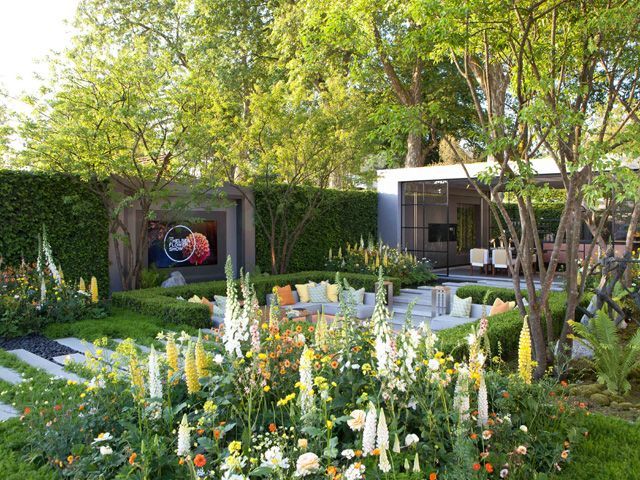
Image Credit: The Eco City garden at the Chelsea Flower Show
10 ways to rewild your garden
With the winter over and spring here, thoughts are inevitably turning to transforming our outdoor spaces for those lazy summer days in the sunshine. But as well as how we want our gardens to look, many of us will also be considering how we want them to feel with many Brits hoping to attract more wildlife into their garden this year.
Recent research has revealed one in 10 are leaving their gardens “intentionally wild” in style, to encourage a wider variety of plants, insects and animals. It turns out there’s good reason for this desire for more natural outside spaces with studies revealing the UK has lost over 50% of its biodiversity in the past 50 years.
It’s little wonder therefore that rewilding has become one of the buzzwords du jour in the gardening landscape.
Rewilding is all about allowing green areas to return to nature and encourage wildlife to flourish and there are many benefits including improving water quality, absorbing carbon, and even reducing flooding.
“Wildlife friendly gardens support a variety of species, from insects to birds and small mammals,” explains Alex Gill, founder of Awesome Wildlife Company.
“This biodiversity is essential for maintaining healthy ecosystems. Many plants rely on insects for pollination. By attracting pollinators like bees and butterflies, you can improve the yield of fruit and vegetables in your garden.”
And of course, a wilder outdoor space can also play an important role in helping us connect with natural world, which has a knock-on impact on wellbeing.
“Spending time in nature has been shown to reduce stress, anxiety, and depression,” Alex continues. “A wildlife friendly garden provides a peaceful retreat where you can connect with the natural world.”
A poll from Rewilding Britain found that four in every five UK adults support the idea of rewilding. But it can be tricky to know how to get started.
Here’s our expert-backed tips to introduce more wildlife into your garden and embrace the concept of rewilding.
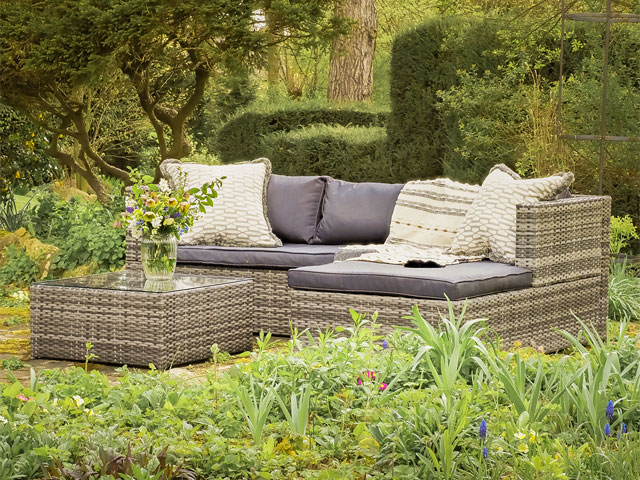
Fill your garden with flowers
Sounds obvious but adding a diverse selection of flowers to your garden will not only make it look picture-perfect, but will also attract pollinating insects such as bees, butterflies, and moths. We have tips on how to make a bee friendly-garden.
“Try to ensure you have something in bloom year-round, choose simple open-shaped flowers where the pollen and nectar are easy to reach. Adding evening-scented flowers such as Nicotiana and stocks are both great for attracting nocturnal insects like moths,” advises Chris Terry, a horticultural expert and landscape manager at Marshalls.
“In Autumn leave seed heads in tact to provide food for birds and small mammals. If you wish to contain the flowers, sectioning off parts of your garden for flower beds can help you maintain the blooms and where they grow – paved borders and edging can be ideal for achieving this.”
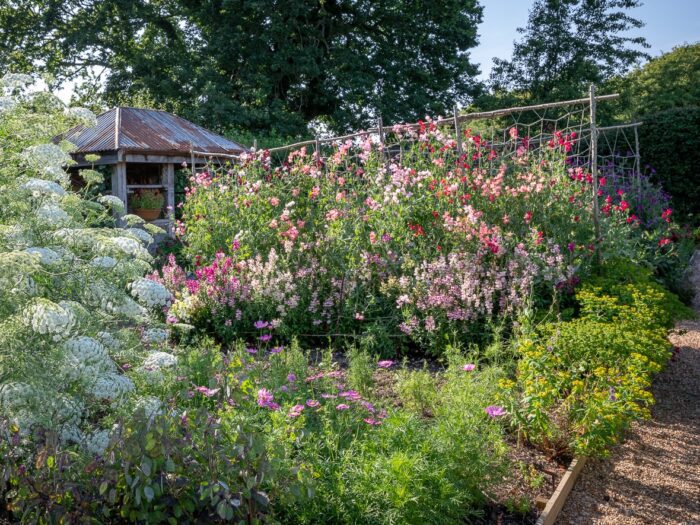
Leave a messy area
Step away from the lawnmower and consider taking part in No Mow May, a movement created by conservation charity Plantlife designed to give wildflowers a chance to bloom. For the rest of the growing season, the charity recommends mowing once every four weeks to a height of 1 or 2 inches (2.5 to 5 cm). This allows smaller plants such as daisies to flower happily, providing a fabulous food source.
“Save yourself work and increase biodiversity by leaving just a part of your lawn unmown,” Chris adds. “This will provide a great habitat for invertebrates which in turn will be a food source for birds.
“Dandelions and daisies are a vital early food source for bees and hoverflies. If you have space in your borders a wild area of nettles, plantain and brambles will provide food for insects, birds, and mammals.”
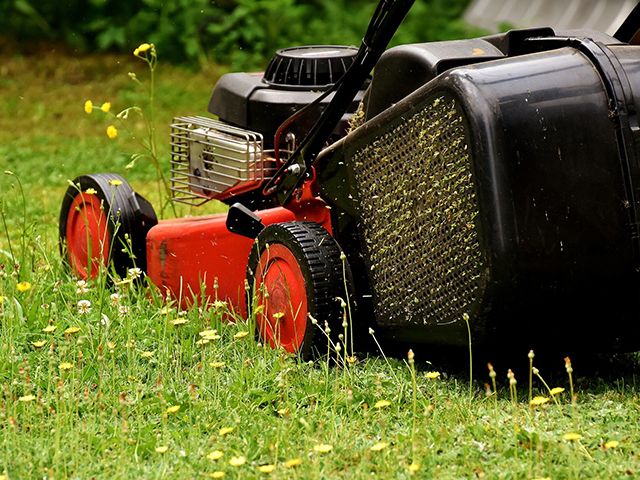
Go verticle
When space is an issue, encourage wildlife into your garden by planting up.
“Planting small garden trees and covering bland walls and fences with climbers provide a great additional habitat to your garden,” advises Chris.
“Flowering climbers such as honeysuckle, hydrangea and clematis are great for insects and Ivy provides one of the last nectar sources of the year for bees.”
Chris says both trees and climbing plants also provide a safe space for numerous garden birds.
“Consider the size and orientation of your garden, and find plants and trees to suit,” says Chris.
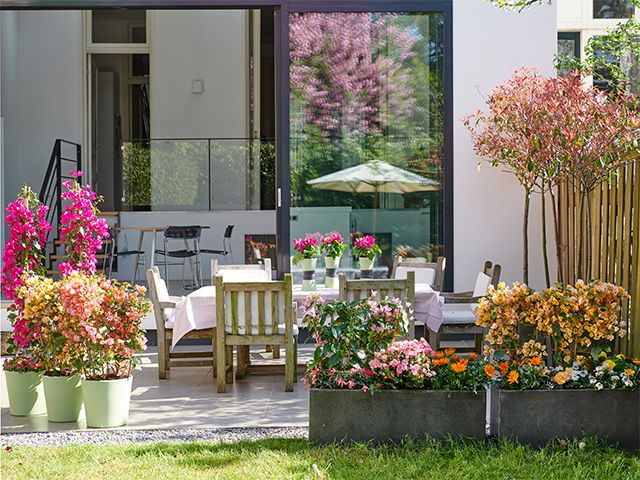
Leave spaces for wildlife
This can range from ensuring there is a gap towards the base of your fence for frogs and hedgehogs, to forming dark corridors for bats.
“Building bug hotels from old wood, rocks, and terracotta can provide shelter to important insects such as beetles and spiders,” Chris adds.
“Creating a space that allows wildlife to move from garden to garden is also crucial for linking different habitats together and creating biodiversity.”
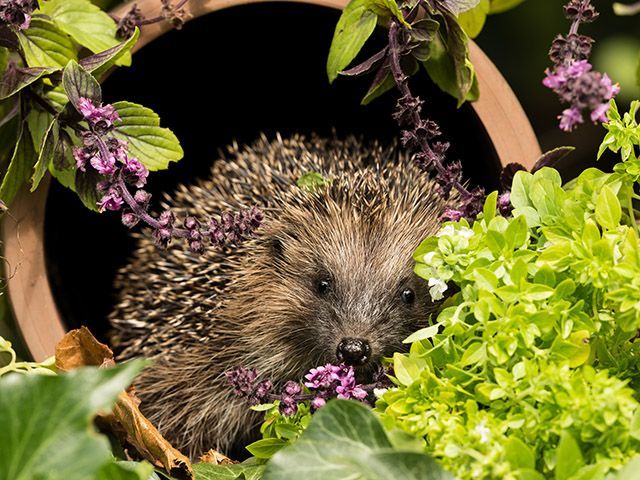
Create a pond
No matter how small, ponds are great for encouraging wildlife.
“Ponds are best filled with rainwater and enhanced with some native aquatic plants,” Chris says.
“You will want to have a mix of marginal, oxygenating and floating plants depending on your pond size, as you don’t want to overwhelm the space.”
Be sure to check how deep the water should be for these plants and only choose ones that will thrive in your pond.
“For the sake of hedgehogs and other small mammals, make sure the pond has at least one sloping edge so they can get in and out safely,” Chris adds.
Small amounts of freshwater are also suitable for birds, so if you don’t have space for a pond, consider a bird bath or simply a tray of water somewhere sheltered.
“A simple tub of standing water will also be attractive to hoverflies, who lay their eggs in stagnant water. Hoverflies are a predator of aphids and whitefly and are also excellent pollinators,” advises Becky Searle, gardening writer for Hedges Direct.
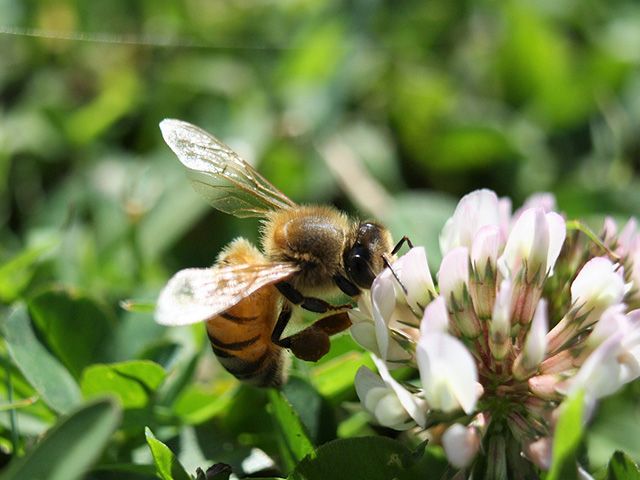
Leave behind dead plants
Permission to stop scooping up the dead stuff. “If you would usually tidy up piles of dead branches, leaves or logs, you could be depriving the ground of gaining nutrients that are usually obtained through their decay,” explains Craig Morley, a gardening expert from Budget Seeds,
“These piles can also make good habitats for insects and hedgehogs, as well as functioning as a food source for beetles.”
Relax on the weeding
Save your back and let the weeds be. “Weeds are not always bad,” advises Craig. “Although we are often made to think that weeds should be removed, they can be an invaluable source of nectar, seeds and shelter for birds and mammals.”
Craig says this doesn’t mean you have to stop removing weeds entirely, but leaving behind a small patch can be helpful for rewilding.
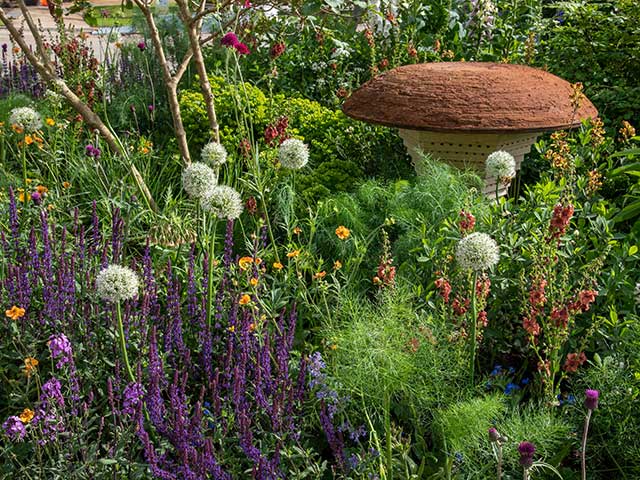
Plant native species
Native plants are important for the survival of local wildlife, as they provide food and shelter on top of attracting a range of insects that are needed for pollination.
“It is best to choose species that you have checked are native to your local area, and require little upkeep,” Craig adds.
Step away from the pesticides
Many chemicals, including pesticides and herbicides, are toxic to wildlife, and can harm the plants and animals that you are trying to encourage to visit your garden.
“You should avoid using these chemicals if possible, and instead resort to natural methods like compost or mulch to help control weeds,” Craig suggests.
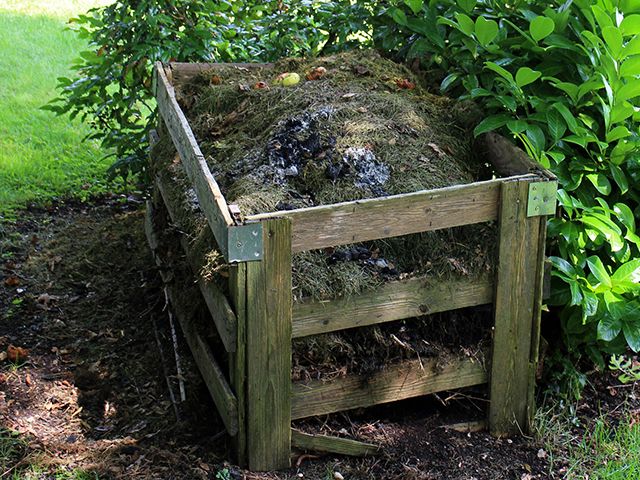
Get into home composting
This will provide an abundance of organic material that will feed your garden’s soil and it’ll also reduce your household’s landfill waste. “All you’ll need to do is get a container where you can layer your waste and learn what can and can’t be put into it,” explains Fantastic Gardeners’ gardening and plant expert Petar Ivanov. “Make sure to also turn it over every once in a while.”
You can also build your own DIY composter.
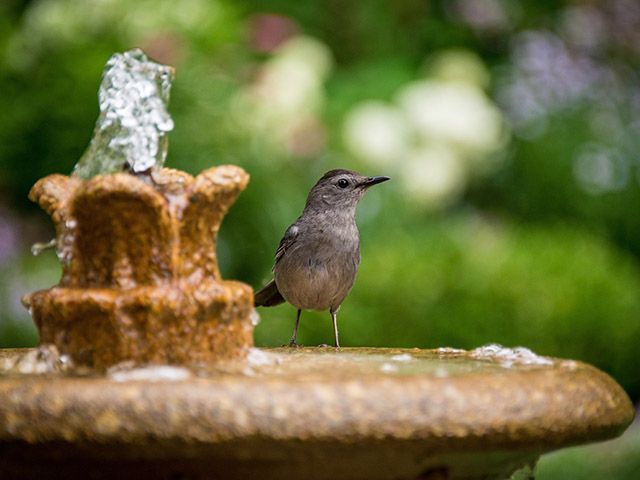
Add bird friendly plants
According to Becky many hedgerow plants will bear fruits or seeds, providing excellent cover for nesting birds and a food source.
“Some great choices are ivy, honeysuckle, holly, hawthorn and blackthorn,” she suggests. “By simply delaying when you prune your hedges, you can help to provide more space and food for your garden wildlife. Try planting a few different species of hedgerow plants to offer a range of food and shelter for your garden birds and wildlife.”




